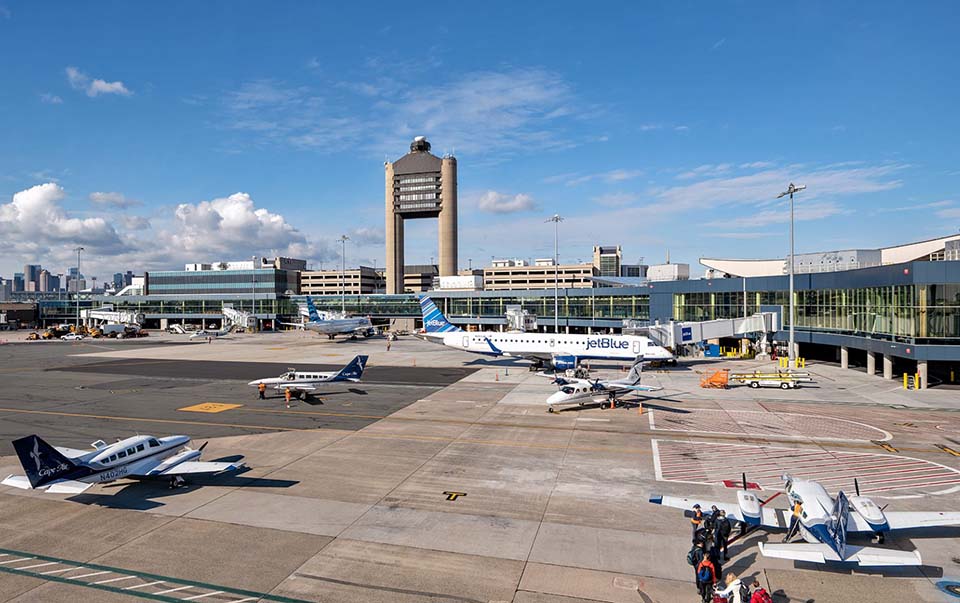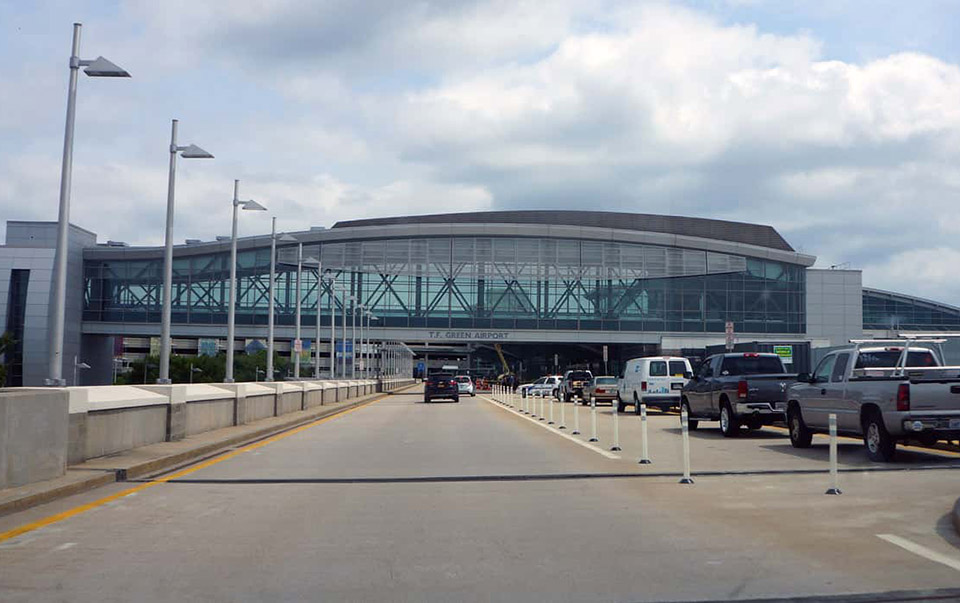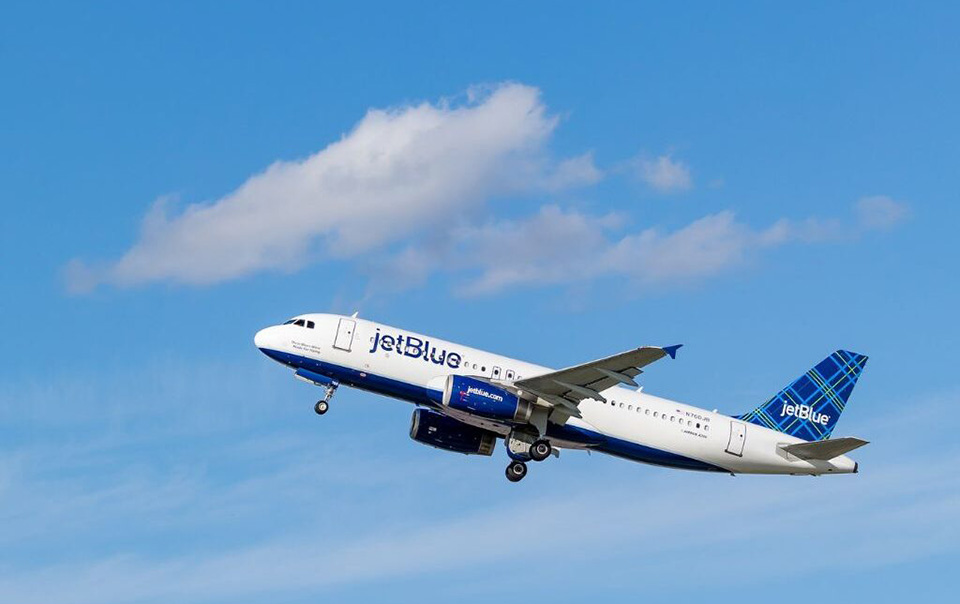Boston, one of America’s oldest and most charming cities, attracts travelers from all over the world with its rich history, vibrant culture, and world-class universities. Whether you’re visiting for business, leisure, or education, getting to Boston without breaking the bank is a priority for many travelers. Airfare can often be one of the most expensive parts of a trip, but with smart planning and a few insider tips, you can secure cheap flights to Boston and save a significant amount.
This guide will walk you through everything you need to know to find the best deals on flights to Boston’s Logan International Airport (BOS), from timing and airlines to booking platforms and flexible strategies.
1. Understanding Boston’s Airport and Flight Options
Logan International Airport is Boston’s main airport, located just a few miles from downtown. It serves as a hub for both domestic and international flights, with numerous airlines operating routes from all over the world. Popular airlines flying into Boston include American Airlines, Delta, JetBlue, United, Southwest, and several international carriers such as British Airways, Lufthansa, and Air Canada.
Because of this diversity, Boston enjoys competitive airfares, but the key is knowing how and when to book.

2. When to Book Your Flight for the Best Price
Many travelers wonder: “When is the best time to buy a flight to Boston?” While no exact formula guarantees the lowest price every time, some general trends and research-backed advice can help.
- Book Early But Not Too Early: Booking 6 to 8 weeks in advance often yields good deals for domestic flights. For international routes, booking even earlier — up to 3 to 6 months ahead — can save money.
- Avoid Last-Minute Purchases: Waiting until a week or two before your departure usually results in higher prices, unless you find a rare last-minute deal.
- Be Flexible With Your Travel Dates: Flight prices fluctuate depending on the day of the week, holidays, and major events. Mid-week flights (Tuesdays and Wednesdays) tend to be cheaper than weekend departures.
3. Use Flight Comparison Websites Wisely
One of the most powerful tools for finding cheap flights is the use of flight comparison websites and apps. Some of the top platforms include:
- Skyscanner: Known for its “Everywhere” search feature, allowing you to see the cheapest destinations if you’re flexible.
- Google Flights: Provides a clean interface with calendar views showing price trends, filters for airlines, stops, and more.
- Kayak: Offers price alerts and predictions about when to book.
- Momondo: Often finds deals missed by others, especially for international flights.
Tip: Use multiple sites to cross-check prices. Sometimes deals show up on one platform but not others.
4. Sign Up for Fare Alerts and Newsletters
Many airlines and booking sites offer fare alerts that notify you when prices drop for flights to your destination. Signing up for newsletters from airlines flying into Boston can also give you early access to sales and special promotions.
- Set alerts for your preferred routes.
- Follow airlines on social media to catch flash sales.
- Subscribe to travel deal websites such as Scott’s Cheap Flights, The Flight Deal, or Airfarewatchdog.
5. Consider Alternative Airports and Routes
While Logan International Airport is the primary gateway to Boston, consider nearby airports for potentially cheaper flights:
- Manchester-Boston Regional Airport (MHT): Located about 50 miles north in New Hampshire. It’s a smaller airport but sometimes offers lower fares.
- Providence’s T.F. Green Airport (PVD): Roughly 50 miles south in Rhode Island, also serviced by low-cost carriers.
If you’re willing to travel a bit further, flying into these airports and renting a car or taking public transit can save money.
6. Be Flexible About Layovers and Flight Times
Nonstop flights are often more convenient but can cost more. Flights with one or two layovers, especially if you’re flexible with connection cities, might be significantly cheaper.
- Use the “multi-city” or “stopover” options on booking platforms to experiment.
- Sometimes adding a longer layover can reduce the fare.
- Late-night or very early flights tend to be cheaper but less convenient.
7. Book Flights and Accommodations Together
Some travel sites offer package deals that combine flights, hotels, and sometimes car rentals. Bundling can offer additional savings but only if you actually need all components. If your accommodation is flexible or already booked, compare standalone flight prices to package deals.
8. Use Points, Miles, and Credit Card Rewards
If you frequently travel, using airline loyalty programs and credit card rewards can substantially reduce flight costs.
- Many airlines have partnerships allowing you to redeem miles for flights into Boston.
- Credit cards with travel rewards can be used to purchase tickets or upgrade seats.
- Be aware of blackout dates or restrictions on reward tickets.
9. Beware of Extra Fees and Restrictions
Cheap flights sometimes come with hidden costs that offset savings:
- Baggage Fees: Low-cost carriers may charge for checked bags, carry-ons, or even seat selection.
- Change and Cancellation Fees: Be sure to understand the airline’s policy, especially if your plans might change.
- Seat Selection: Some airlines charge extra for preferred seats or early boarding.
Read the fine print before purchasing to avoid surprises.
10. Book at the Right Time of Day
Studies suggest that booking flights in the late evening or early morning may yield lower prices, possibly due to algorithms updating overnight or lower demand during those hours.
11. Avoid Popular Peak Travel Periods if Possible
Boston hosts many events and academic calendars that spike demand for flights. Major holidays, university graduations, and marathon weekends can cause prices to soar.
Planning your trip just outside these peak windows can reduce airfare substantially.
12. Use Incognito Mode When Searching
Flight prices can increase based on your browsing history and repeated searches. Using your browser’s incognito or private mode can prevent this.
Sample Flight Deals Overview
Here’s a brief look at typical fare ranges from major cities (prices can vary):
- From New York City: $70-$150 round trip (domestic carriers)
- From Los Angeles: $200-$350 round trip
- From London: $400-$700 round trip (depending on carrier and season)
- From Toronto: $250-$400 round trip
Finding the cheapest flights to Boston requires a combination of patience, flexibility, and diligent research, but the rewards make the effort worthwhile. Boston is a city rich in history, culture, and vibrant energy, attracting travelers from all over the world. However, without the right approach, airfare costs can quickly add up and take a big chunk out of your travel budget. By taking the time to understand your airport options, timing your bookings strategically, using flight comparison tools effectively, and steering clear of hidden fees, you can potentially save hundreds of dollars on your trip. These savings can then be redirected towards enjoying Boston’s renowned seafood, exploring historic neighborhoods, or attending a live event.
Understanding airport options is a fundamental first step. While Logan International Airport (BOS) is the primary gateway to Boston and offers the most direct routes, alternative airports such as Manchester-Boston Regional Airport (MHT) or T.F. Green Airport (PVD) in nearby Rhode Island can sometimes provide cheaper flights, especially if you’re willing to arrange additional ground transportation. Exploring these options broadens your possibilities and allows you to compare prices beyond the main airport, sometimes revealing hidden gems in fare pricing.

Timing your booking right is another crucial factor. Airfares fluctuate based on demand, seasonality, and airline pricing algorithms. Generally, booking several weeks to months in advance gives you a better chance of snagging lower prices, while last-minute bookings tend to be more expensive unless you find a rare deal. Additionally, mid-week flights often cost less than weekend departures, and flights departing during off-peak hours, such as late at night or early morning, may offer further discounts.
Using flight comparison tools is an indispensable part of the process. Platforms like Google Flights, Skyscanner, Kayak, and Momondo allow you to compare prices across airlines, dates, and routes in real time. Setting up price alerts ensures you don’t miss out on sudden fare drops. It’s also wise to check multiple platforms since not all airlines or deals appear on every site. Remember to use your browser’s incognito mode to avoid potential price inflation based on repeated searches.
However, the lowest fare isn’t always the best deal. Sometimes, cheaper tickets come with inconvenient layovers that add hours to your travel time, additional baggage fees, restrictive change policies, or other hidden costs. When comparing flights, look beyond the sticker price and consider the overall value — convenience, comfort, and flexibility can make a big difference, especially on longer trips.
Ultimately, your goal is to find the best overall value that fits your travel needs and budget. With a little preparation and a strategic approach, you’ll be well on your way to experiencing everything Boston has to offer without paying more than you have to. This approach not only saves money but also reduces travel stress, allowing you to focus on making the most of your visit to this historic and vibrant city.


